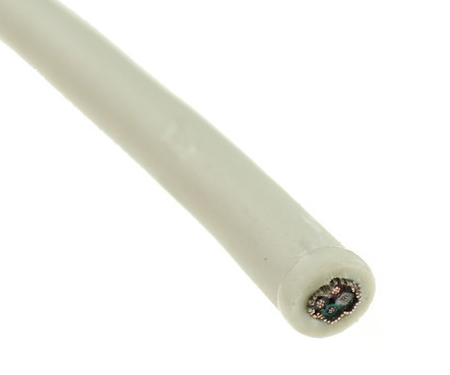Rodent Repellant Cable Assemblies
Cable Assemblies used in outdoor environments, indoor industrial applications, and food/grain storage areas are often prone to a high rodent presence. These cable assembly installations require additional attention when they are being manufactured.
Environments with Rodent Presence
- Outdoor Applications
- Indoor Industrial Applications
- Food/Grain Storage Areas
Cables Assembly Features that Attract Rodents
- Cable Surface Excellent Surface To Gnaw On
- Odors From Plasticizers Used
- Color Of The Cable
- Texture Of The Jacket Itself
Physical Barriers Used To Keep Rodents in Check
There are two main options that can be used as a physical barrier for you cable assembly that will help to keep rodents in check.
Conduit
- Increases O.D. (Diameter of Individual Conductor) Of Cable So The Rodent Can’t Get Their Jaws Around It
- It’s Stronger Than The Rodent Teeth
- Does Not Allow Access To Inner Components
- Cons
- Increased Weight
- Increased Diameter
- Additional Material/Labor Costs
Armoring Tapes
- Applied During Jacket Extrusion Under Overall Sheath
- It’s Stronger Than The Rodent Teeth
- Cons
- Sharp Edges
- Additional Termination Costs
- Additional Material/Labor Costs
Repellants Used To Control Rodents
Non-lethal chemicals or a repellant package can be added to the outer sheath compound of the cable assembly. These repellants are available in a controlled release format that lasts as long as 10-15 years. Repellants cause an unpleasant experience (Non-Lethal Experience) for the rodent. This option is socially acceptable and environmentally responsible.
Ingredients May Include
- Capsaicin
- Causing a Hot/Spicy/Bitter Taste
- Odor
- Gives Off Unattractive Odor
- Reminds Rodent Of Unpleasant Taste
- Odor Not Detectable To Humans
Lethal Toxins Used To Control Rodents
Lethal toxins such as poisons that are ingested by rodents causing death are not the most socially acceptable way of dealing with cable assembly rodent damage. Environmentally, the use of poisons are highly discouraged as they can be hazardous to children/pets if accidently ingested or even farm animals depending on the environment where the cable assembly resides. It can also be lethal to animals who consume the carcass of a poisoned rodent.
See our blog post on environmentally safe methods to protect cables from rodent damage for more information.
Have a Rodent Problem?
Defend your installations from rodent damage with Epec's resilient cable assemblies. Featuring conduit and armoring options plus long-lasting repellants.
Request a Quote Request Design Support Request More Information




